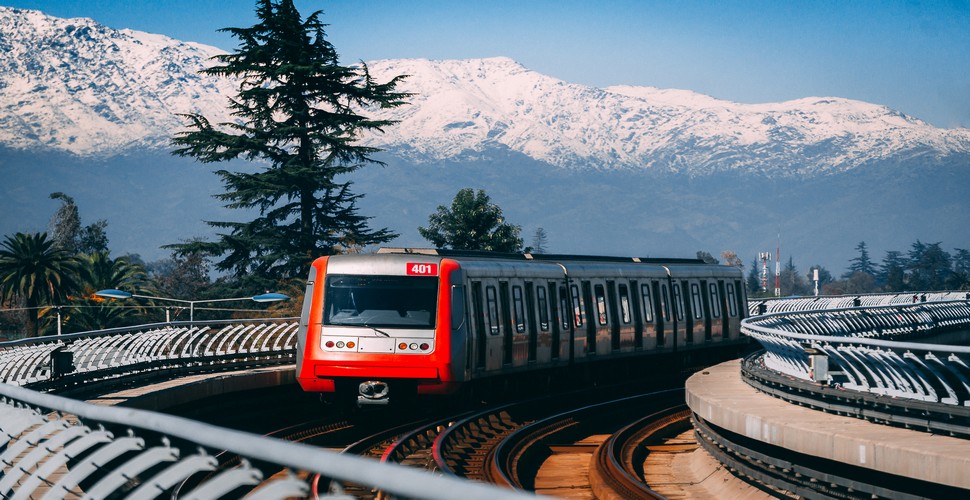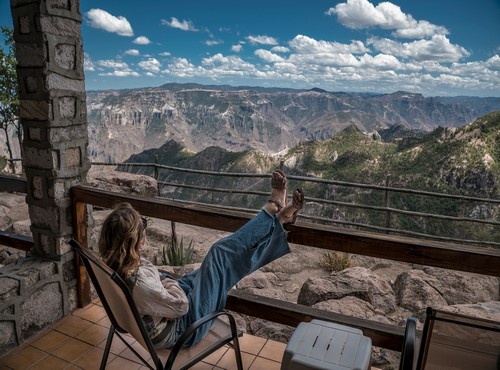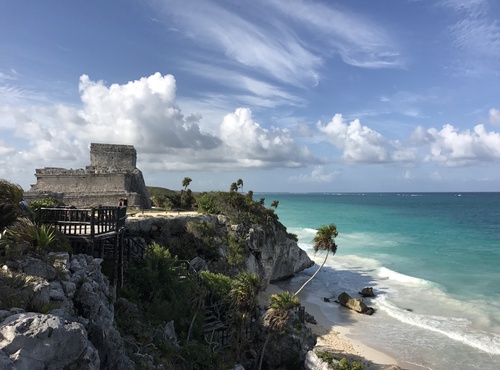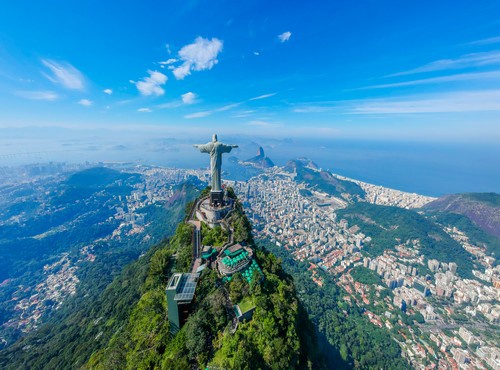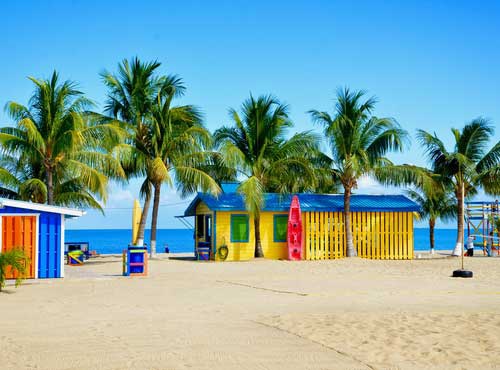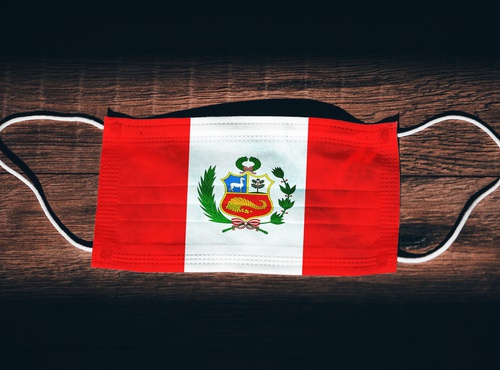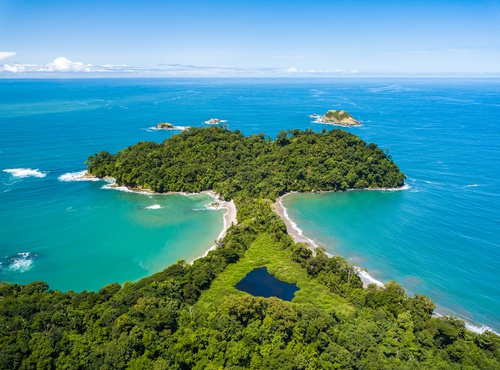
Written by:undefined undefined
Published: 17-08-2022
Traveling in Chile is relatively easy, comfortable and inexpensive. Most Chileans travel by bus, and it’s such a reliable, affordable option that you’ll probably do likewise. However, internal flights are handy for covering long distances in a hurry. The country has a good road network, and driving is a quick, relatively stress-free way of getting around. Chile’s rail network has declined, and only limited services are available. South of Puerto Montt, ferry services provide a slow but scenic way of traveling as far as Puerto Natales.
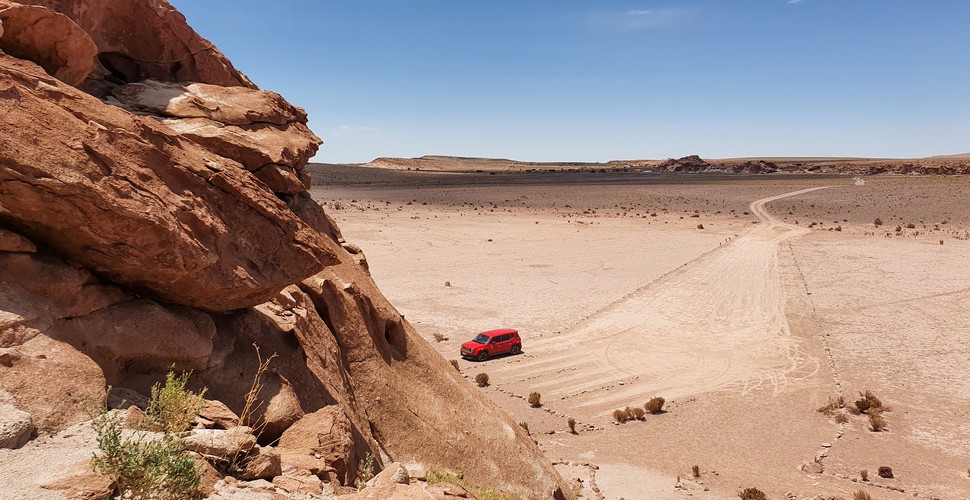
Driving around the Atacama
Air
Due to Chile´s unique geography, it is a country of almost unfathomable distances (it’s more than 5000km by road from Arica to Punta Arenas), which makes flying by far the quickest and most convenient way of taking in both its northern and southern regions in a single trip. Fares are pretty high, though you can find reasonable offers occasionally.
The leading airline is LATAM, which besides offering the widest choice of domestic flights, is Chile’s principal long-haul carrier and the only one with flights to Easter Island. Sky Airlines also has more limited routes but usually lower prices.
Air taxis and regional airlines operate regular services to smaller destinations between Puerto Montt and Puerto Williams. Still, they are susceptible to weather delays and won’t fly without a minimum number of passengers (usually six). Two companies also fly out from Santiago to Isla Robinson Crusoe.
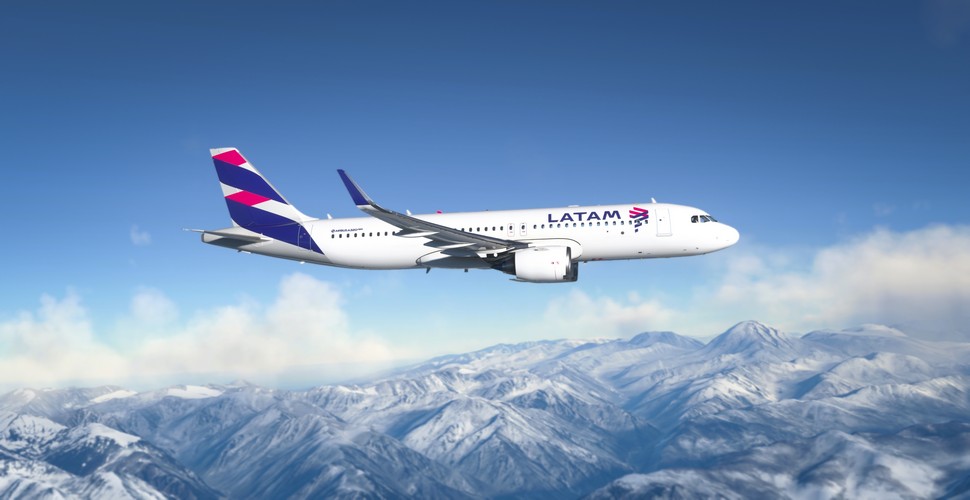
Latam over Patagonia
Bus
Chile’s long-distance buses offer an excellent service, far better than most South American countries. Buses generally have a significant amount of leg room, frequent departures and flexible itineraries. Facilities depend less on individual companies than on the class of bus you travel on, with higher prices, according to the comfort level. A pullman (not to be confused with the large company of the same name) or Classico contains standard semi-reclining seats; a semi-cama has seats with twice the amount of legroom that reclines a good deal more; and a salon cama, at the top of the luxury range, has wider seats that recline to an almost horizontal position. All buses in Chile have toilets. Some include meals or snacks, while others stop at restaurants where set meals might be included in the ticket price. Videos, piped music and bingo games are familiar diversions on long journeys. Check out the locations of video screens first and seat yourself appropriately.
Buy your ticket a few hours in advance, preferably the day before traveling, especially if you plan to travel on a Friday. An added advantage of buying ahead is that you’ll be able to choose a seat away from the toilets, either by the aisle or window and, more importantly, the side of the bus you sit on. Even with a/c, seats on the sunny side can get extremely hot. When it comes to boarding, make sure that the departure time on your ticket corresponds precisely to the time indicated on the little clock on the bus’s front window, as your passport is valid only on the bus it was booked for
Suppose you’re traveling north of Santiago on a long-distance route or crossing an international border. In that case, north of Santiago on a long-distance trail or crossing an international border, the bus and all luggage may be searched by Ministry of Agriculture officials at checkpoints, and all sandwiches, fresh fruit and vegetables will be destroyed.
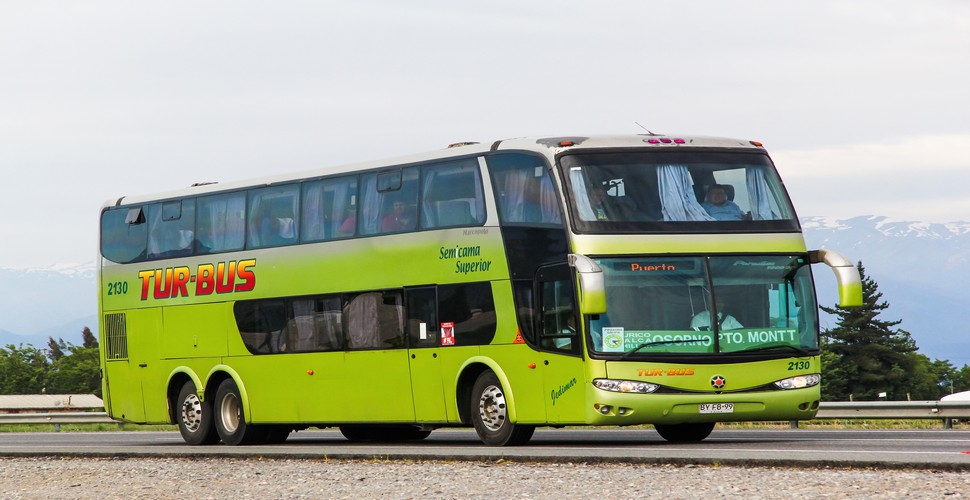
Bus Travel
Local bus, colectivos and taxis
Local buses, often called micros, connect the centers with the suburbs and nearby villages. These buses are usually packed, and traveling with a large backpack can be difficult. The main points of the route and final destination are displayed inside the front window, but it always helps to carry a street map and point to your intended destination. Buses that leave the city for the countryside normally depart from their own terminal rural, usually close to the Mercado Municipal.
Colectivos shared taxis operating along a set route with fixed fares usually are slightly more expensive than local buses. Most colectivos look like regular taxis (apart from being all black, not black and yellow) and have their route or final destination marked on a board on the roof. Still, in some cities, colectivos are bright yellow cars, often without a roof board.
Taxis are generally black with a yellow roof. Foreigners are often overcharged, so check that the meter has been turned on before you start a journey and get an estimate for the fare, if possible, in Spanish.
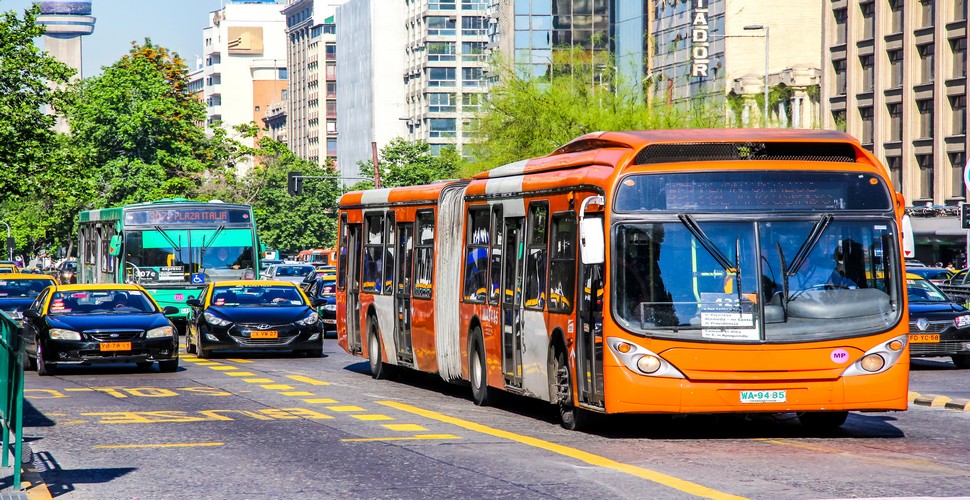
City Bus
Car Rental
While Chile’s towns and cities are linked by plenty of buses, most visitors are here for the country’s more remote areas, which are often tricky, and sometimes impossible, to reach on public transport. Tour companies visit many remote attractions, but your best bet is to rent a car for more independence. To do this, you need to be at least 21 years old and have a significant credit card so you can leave a blank voucher as a guarantee. You’re allowed to use your national driver’s license, but you’re strongly advised to bring, in addition, an international license. Chile’s carabineros (police officers) frequently stop drivers from checking their documents, are often suspicious of unfamiliar foreign licenses and are always happier when dealing with international ones. Traffic regulations are rarely enforced, except for speeding on the highways. The speed limit is 50km per hour or less in urban areas and 100km per hour on roads, and radar speed traps are commonplace. If an oncoming vehicle flashes its headlights, you’re being warned of carabineros lurking ahead. If you get pulled over, exercise the utmost courtesy and patience, and under no circumstances do or say anything that could be interpreted as bribery.
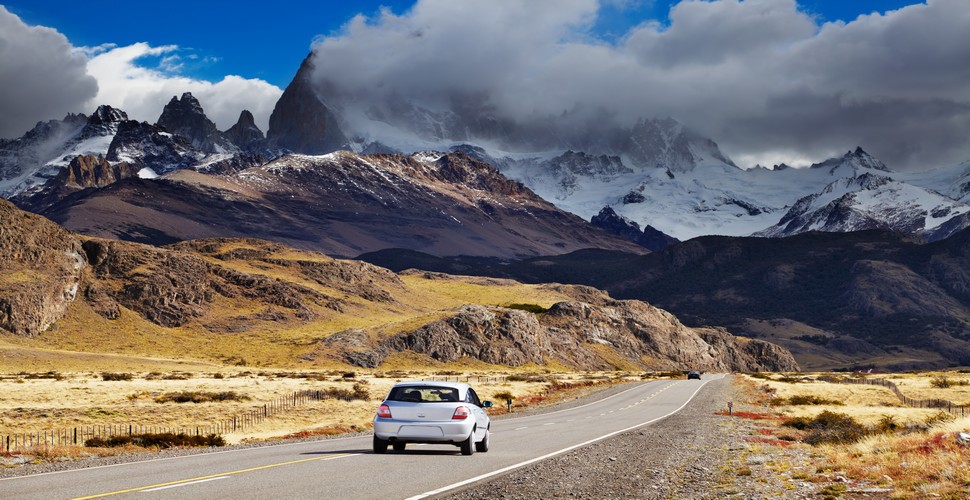
Carretera Austral
Car Hire
Car hire is a viable alternative in Chile, with decent road infrastructure and fascinating remote places to visit. The Carretera Austral is a popular self-drive route in the country. Several international car-rental companies have offices throughout Chile. In addition, you’ll find an abundance of local outlets that are often less expensive than international firms. Rates vary significantly from company to company, and it’s always worth phoning as many as possible to compare prices. Basic saloon cars go from around US$400–500 per week. Ensure the quoted price includes IVA (the 19 percent Chilean value added tax), insurance and unlimited mileage. Your rental contract will almost certainly be in (legal and convoluted) Spanish – get the company to take you through it. In most cases, your liability, in the event of an accident, is around the US$500 mark; costs over this amount will be covered in total by the company.

Carretera Austral
Hitch-Hiking
While we don’t recommend hitching as a safe way of getting around Chile, there’s no denying that Chileans themselves widely practice it. In the summer, it seems as though all the students in Chile are sitting beside the road with their thumbs out, and in rural areas, it’s not uncommon for entire families to hitch a lift whenever they need to get into town.
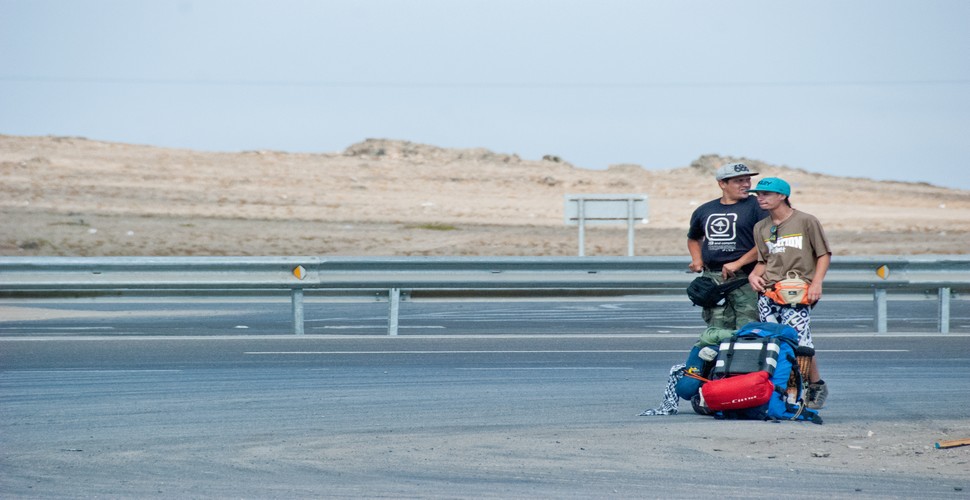
Hitch-hikers in Chile
Ferry
South of Puerto Montt, where the mainland breaks into an archipelago, a network of ferries operates through the fjords, inlets and channels of Chile’s far south, providing a more scenic alternative to flights and long-distance buses. Two ferries, in particular, are very popular with tourists: one from Puerto Montt to Chacabuco and the San Raphael glacier, the other between Puerto Montt and Puerto Natales. In addition, there are ferry links with Quellón on Chiloé, and with Chaitén, on the Carretera Austral, as well as several shorter routes forming a bridge along various points of the Carretera Austral. There’s also a ferry trip across Lago Todos Los Santos, in the Lake District, connecting Petrohué with Peulla, near the Argentine border.
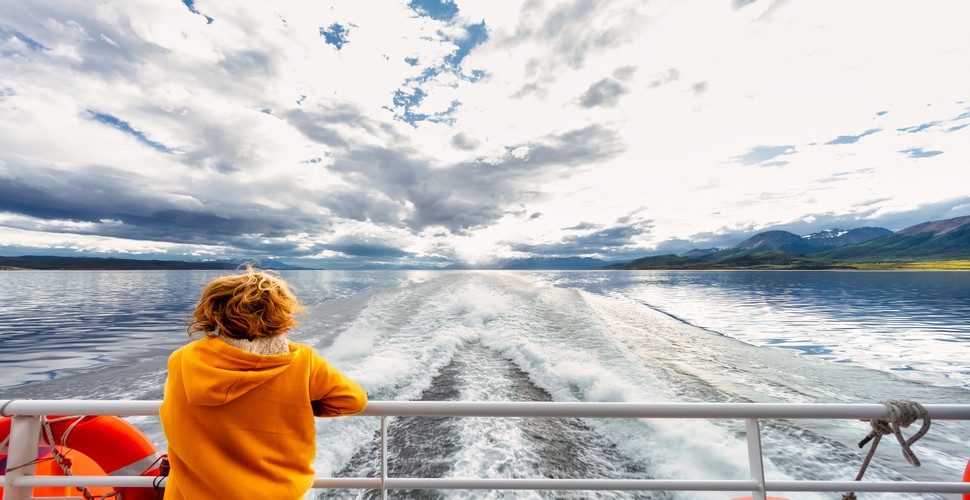
Ferry
By train
Chile once possessed a vast network of railways, particularly in the far north, where hundreds of kilometers of lines transported the region’s nitrate ore down to the ports to be shipped abroad. Now that the nitrate days are over, no national railway lines operate north of Santiago. The lines north of Santiago and left south of the capital cannot compete with the speed, prices, and punctuality buses offer.
